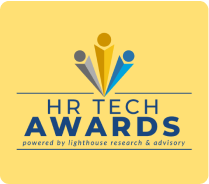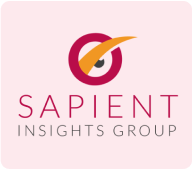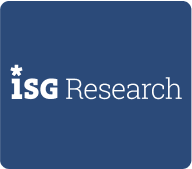All-in-one HR, Payroll AND Finance
Loved by people. Built for growth.
The AI-powered platform that’s easy to use and fast to scale.
Join 5,000+ companies and 1,230,200 people using HiBob right now.
All-in-one HR, from hire to retire.
Simplify complex HR processes
Automate tasks, centralize data, and scale with confidence.
Run payroll without the pain
Fast track payroll, ensure accuracy, and stay compliant.
Turn talent into your unfair advantage
Drive performance, engagement, and growth at every stage of the employee journey.
Craft a people strategy that drives business performance
Plan headcount, reward talent, and unlock people-powered growth.
Real outcomes. Real fast.
Read why companies of all sizes love HiBob.

Why TourRadar loves Bob for its ease of use
40+
hours saved
170+
employees
160+
countries

How Elation Health grew using Bob’s Core HR and Performance Management
50%+
growth
240+
employees
25+
states


How Uala scaled their ROI in under three months using Bob.
405%+
ROI
1,600+
employees
25%
HR cost decrease
Meet the Bob AI Companion.
Your AI assistant securely connects to your HR data to deliver sharper insights, driving clearer decisions and faster, better outcomes.
Say Hi to outcomes that speak for themselves.
Return
$2.55
for every $1 spent.
Customers report an average ROI of 254% with payback in under 9 months.
Avoid
$360K-$720K
in overhead.
Stay lean by automating workflows and enabling employee self-service.
Save
$15K-$30K
on onboarding alone.
Bob automates onboarding workflows, reducing time spent by 2–4 hours per hire.
Tailored solutions by department.
Loved by users. Proven by experts.
100+ integrations



Payroll / Benefits



Sourcing & Recruiting


ERP & Productivity


Collaboration Tools


Data Integrations
Insights and inspiration
Explore expert content built to grow your people and power your business.

Josh Bersin hails HiBob as a fast-growing leader in the HCM market
Josh Bersin | 4 MIN READ

How to build a people proud organization
Ronni Zehavi | 7 MIN READ





